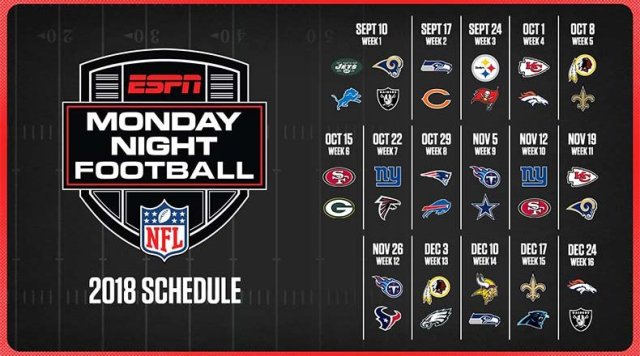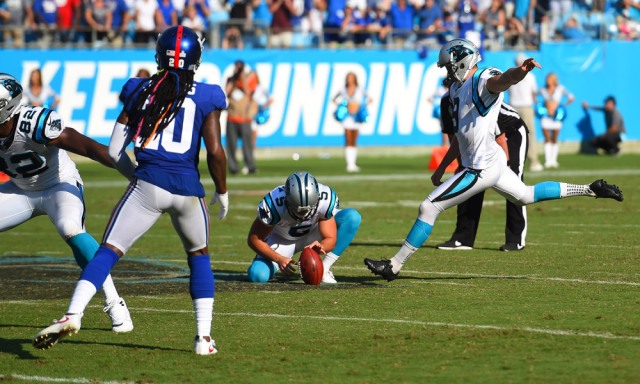In May, the United States Supreme Court struck down a law prohibiting sports gambling. The decision, likely influenced by the emergence of daily fantasy sites such as FanDuel and DraftKings, has a chance to change the landscape of sports as we know it.
While that may sound hyperbolic, legal sports gambling, when implemented correctly, can drastically increase profits for leagues and teams. Whether or not sports organizations will be receptive to potential changes is yet to be seen.
Broadcasting companies and networks covering the NFL will also be heavily impacted by the court’s decision, effectively changing the way they cover NFL games. For years, gambling has been taboo in the broadcasting industry. Aside from outliers like Chris Berman, Scott van Pelt, and Al Michaels, networks have traditionally shied away from covering game lines.
Even though legalization is still slowly progressing on a state-by-state basis, networks receptiveness to covering gambling now will dividends in the long run. Avoiding the subject now risks losing out to other networks later.
Fox has jumped right into the conversation, launching a daily gambling show “Lock It In“. Featuring a former Jimmy Kimmel Live writer and producer Sal Iacono, Fox seems to be at the forefront of NFL gambling coverage. Iacono has long been a proponent of coverage, hosting a gambling segment on ESPN for two seasons and appearing on Bill Simmons’ “Guess the Lines” podcast for a decade.
Other networks who broadcast America’s game have been less receptive to accepting legalized gambling. The aforementioned ESPN has taken a conservative stance on the issue, offering little to no coverage outside of Scott Van Pelt’s “Bad Beats“. The worldwide leader has gone as far as publishing two fairly negative articles regarding gambling in the past few weeks.
CBS has also opted to avoid the topic in NFL broadcasts, with NBC slightly more receptive. It will be interesting to see how each respective network approaches the topic going forward as gambling creeps into the world of football.


